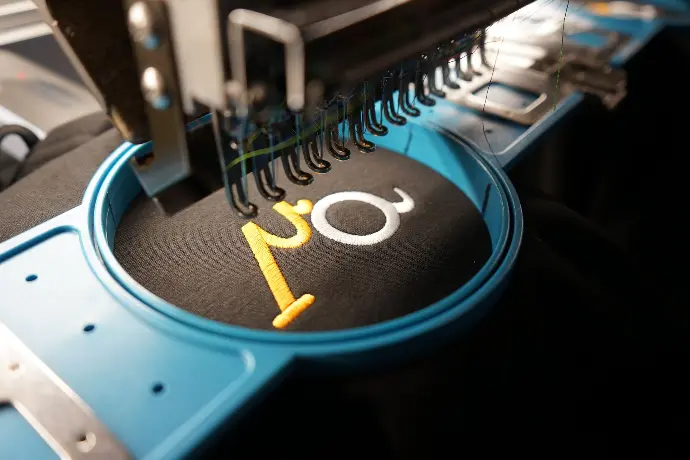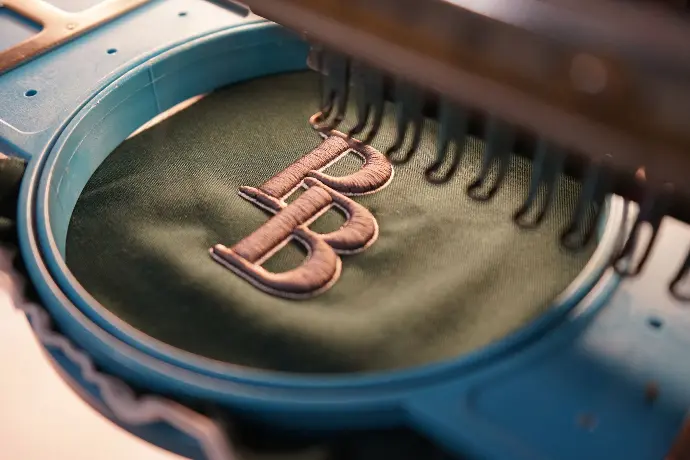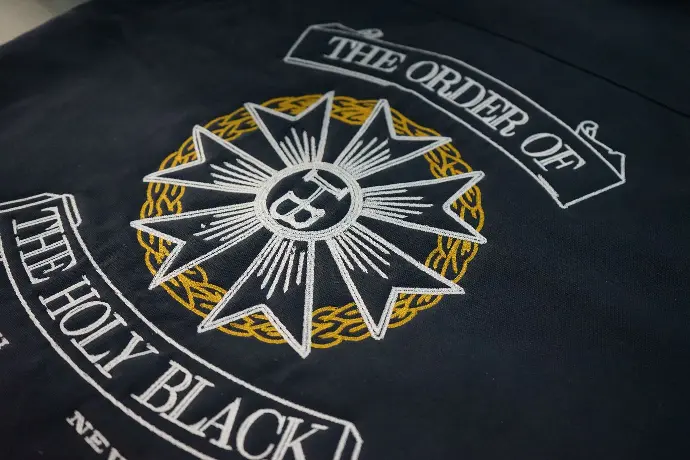Embroidery is an age-old art form. It's a way to add beauty, personality, and value to fabrics.
There are many embroidery techniques. Each has its unique charm and application.
In this article, we focus on two popular methods. We'll compare puffy and regular embroidery.
Puffy embroidery creates a 3D effect. It's eye-catching and tactile. Regular embroidery, on the other hand, is flat and traditional. It's versatile and widely used.
We'll delve into their characteristics, applications, and considerations. This will help you decide which technique suits your needs best.
Whether you're an embroidery enthusiast, a professional, or someone exploring custom embroidery options, this article is for you.
Understanding Embroidery Techniques
Embroidery is a craft of decorating fabric. It uses a needle to apply thread or yarn.
There are many types of embroidery techniques. Some are done by hand, others by machine. Each technique has its unique style and application.
Custom embroidery allows for personalization. It's a way to make a design or message stand out on a piece of fabric.
Understanding different embroidery works is key. It helps you choose the right technique for your project.
The Basics of Regular Embroidery
Regular embroidery is a traditional method. It creates a flat, detailed design on the fabric.
This technique uses different types of stitches. These include satin, fill, and running stitches.
Regular embroidery is versatile. It works well with a wide range of designs and fabrics.

It's a popular choice for custom embroidery projects. It's suitable for logos, monograms, and decorative elements.
Exploring Puff Embroidery
Puff embroidery is a unique technique. It creates a 3D effect on the fabric.
This method uses foam to achieve its raised appearance. The foam is placed under the top layer of fabric.
Puff embroidery is suitable for certain designs and fabrics. It works best with simpler, larger designs.
It's a popular choice for sports apparel and caps. It gives a bold, standout look to the design.

Visual Impact: Puffy vs. Regular
The visual impact of an embroidery style is crucial. It can make or break a design.
Puffy embroidery offers a 3D effect. This makes the design pop out, creating a bold statement.
On the other hand, regular embroidery provides a flat, traditional look. It's versatile and works well with intricate designs.
In the end, the choice between puffy and regular embroidery depends on the desired visual effect. Both techniques have their unique charm and applications.
Materials and Tools Required
Embroidery, whether puffy or regular, requires specific materials and tools.
For regular embroidery, you need embroidery thread, fabric, and an embroidery hoop. You also need an embroidery machine or needle for hand embroidery.
Puff embroidery requires the same materials. However, it also needs an additional element: foam. The foam gives the design its raised, 3D effect.
Choosing the right materials and tools is crucial. It can significantly affect the quality of the embroidery work.
Embroidery Design and Digitizing
Embroidery design is a critical step in both puffy and regular embroidery. It involves creating a pattern or image to be embroidered.
Digitizing is the process of converting this design into a format that an embroidery machine can read. It's a crucial step for machine embroidery.
For puff embroidery, the design needs to be simple and bold. Complex designs may not work well with the 3D effect.
On the other hand, regular embroidery can handle intricate designs. It offers more flexibility in terms of design complexity.
Types of Embroidery on Clothes
Embroidery on clothes can take many forms. It can be used to create monograms, logos, or decorative elements.
Puff embroidery is often used for logos on caps and jackets. Its 3D effect makes the design stand out.
Regular embroidery is versatile. It can be used on a wide range of clothing items, from shirts to dresses.
The choice between puff and regular embroidery depends on the desired effect. It also depends on the type of clothing and the fabric used.

Durability and Maintenance
When it comes to durability, both puff and regular embroidery hold up well. However, puff embroidery may be more prone to wear and tear due to its raised design.
Regular embroidery, being flat, tends to be more resilient. It can withstand frequent washing and use without losing its shape or color.
Maintenance of embroidered clothes involves careful washing. Avoid harsh detergents and high temperatures to preserve the embroidery.
In conclusion, both techniques offer good durability. The choice between them depends on the intended use and care of the embroidered item.
Cost and Time Considerations
The cost of embroidery depends on several factors. These include the complexity of the design, the type of thread used, and the technique chosen.
Puff embroidery, due to its 3D effect, often requires more time and materials. This can make it more expensive than regular embroidery.
On the other hand, regular embroidery, being less complex, can be quicker and more cost-effective. However, intricate designs can increase the time and cost.
In conclusion, while puff embroidery may be more costly, the unique effect it creates can be worth the investment. Regular embroidery, while potentially cheaper, still offers a wide range of design possibilities.
Choosing the Right Technique for Your Project
Choosing between puffy and regular embroidery depends on your project needs. Consider the design, fabric, cost, and desired visual impact.
In the end, both techniques have their unique advantages. It's about finding the right fit for your specific embroidery work.
Puffy vs. Regular Embroidery: Which is Better?